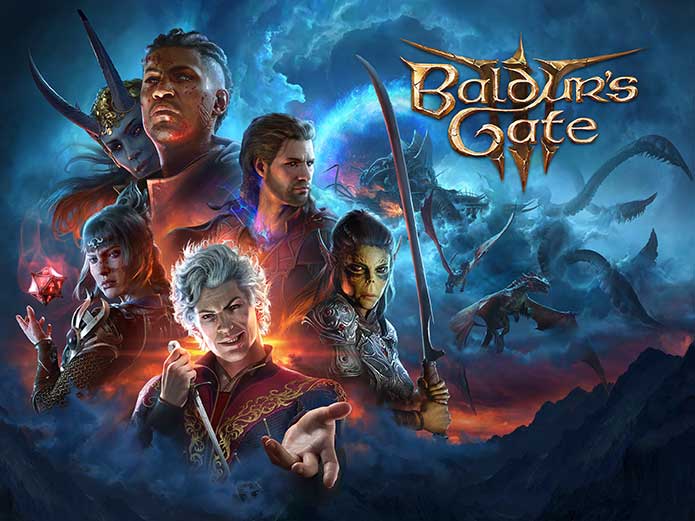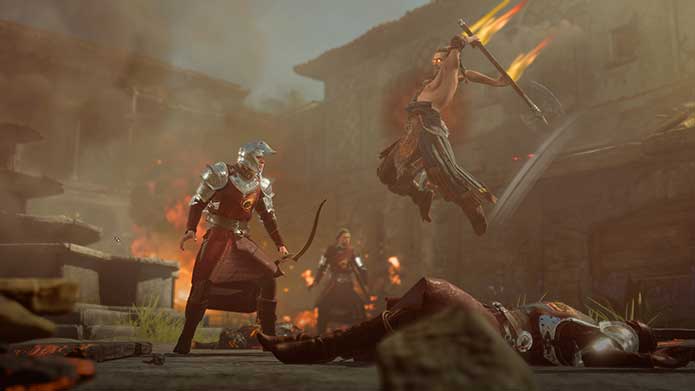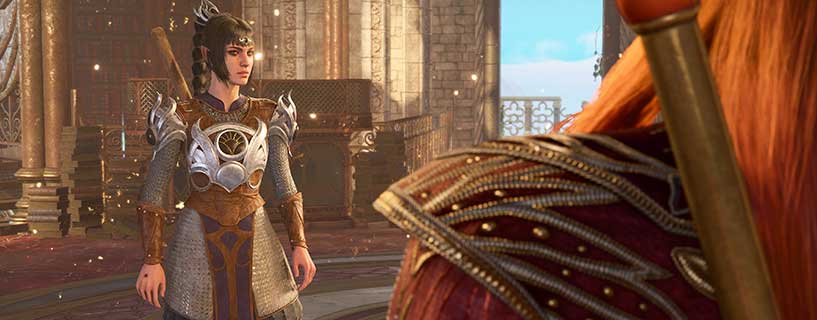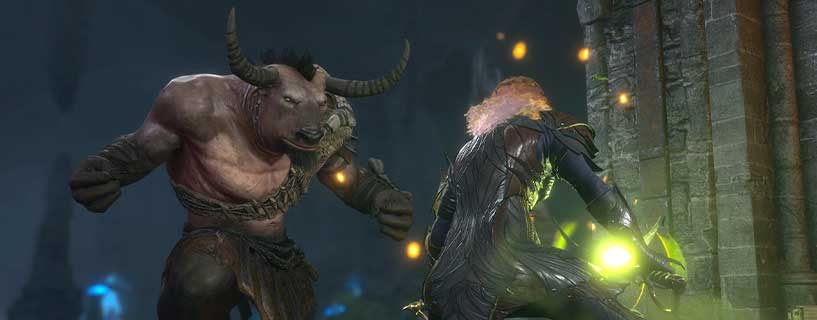For fans of Dungeons & Dragons (DnD), last year brought many rewards to the community in its attempt at cross-media releases. Dungeons & Dragons: Honour Among Thieves was both a financial and critical success, especially for a movie based on a video game and the third official installment of the Baldur’s Gate series, not including the many spin-offs. Why is the DnD world receiving so much attention exactly 50 years after its first publication? It has to do with its community features and risk and reward opportunities, which have strained many friendships and broken many alliances.
Mechanics of Chance in Baldur’s Gate
 Baldur’s Gate 3 skillfully blends the risk and reward dynamics familiar to DnD enthusiasts with the strategic depth that transcends the typical gamble of slots online. This game elevates the concept of risk, where success is not left to chance but is intricately tied to a player’s decisions regarding their character’s abilities and equipment when facing enemies. The thrill of exploring the unknown—be it venturing into lands filled with traps, monsters, or hostile NPCs—mirrors the excitement found in games of chance. However, it’s the strategic mastery over these challenges, rather than mere luck, that defines the true allure of Baldur’s Gate 3. The game’s design encourages responsible gameplay, echoing the advice given to online slots players to play responsibly.
Baldur’s Gate 3 skillfully blends the risk and reward dynamics familiar to DnD enthusiasts with the strategic depth that transcends the typical gamble of slots online. This game elevates the concept of risk, where success is not left to chance but is intricately tied to a player’s decisions regarding their character’s abilities and equipment when facing enemies. The thrill of exploring the unknown—be it venturing into lands filled with traps, monsters, or hostile NPCs—mirrors the excitement found in games of chance. However, it’s the strategic mastery over these challenges, rather than mere luck, that defines the true allure of Baldur’s Gate 3. The game’s design encourages responsible gameplay, echoing the advice given to online slots players to play responsibly.
A New Era of Role-Playing Games
 Through its homage to classic RPGs and state-of-the-art graphics, Baldur’s Gate 3 redefines the risk and reward mechanics by integrating them within its expansive storylines and immersive world-building. Unlike the passive experience of watching reels spin in slots online, players exert full control over their character’s destiny, engaging in a world where every choice has weight. This autonomy allows for the introduction of calculated risks, pushing players to develop sophisticated strategies and tactical thinking. For example, while mastering unarmored melee combat may seem futile for a wizard, it showcases the game’s depth by offering unique paths for every class, including barbarians, thus underscoring the diversity and richness of gameplay strategies available.
Through its homage to classic RPGs and state-of-the-art graphics, Baldur’s Gate 3 redefines the risk and reward mechanics by integrating them within its expansive storylines and immersive world-building. Unlike the passive experience of watching reels spin in slots online, players exert full control over their character’s destiny, engaging in a world where every choice has weight. This autonomy allows for the introduction of calculated risks, pushing players to develop sophisticated strategies and tactical thinking. For example, while mastering unarmored melee combat may seem futile for a wizard, it showcases the game’s depth by offering unique paths for every class, including barbarians, thus underscoring the diversity and richness of gameplay strategies available.
To Kill or Free Nightsong
 One of the first big points of no return for your character is the decision to kill or free the Nightsong. The Nightsong is an imprisoned relic used to house General Ketheric Thorm’s immortality. Thorm, voiced by Academy Award winner J.K. Simmons, is the lord of Moonrise. In short, killing Nightsong would remove Thorm’s invincibility but put the Shadow-Cursed lands at risk.
One of the first big points of no return for your character is the decision to kill or free the Nightsong. The Nightsong is an imprisoned relic used to house General Ketheric Thorm’s immortality. Thorm, voiced by Academy Award winner J.K. Simmons, is the lord of Moonrise. In short, killing Nightsong would remove Thorm’s invincibility but put the Shadow-Cursed lands at risk.
At the same time, Shadowheart, the mysterious dark cleric of Shar and goddess of darkness and loss, can also kill Nightsong. Though leaving Nightsong enslaved under Thorm isn’t great, it isn’t as evil as allowing Shadowheart to become one of Shar’s Dark Justiciars. If your goal is to romance Shadowheart, then allowing her to go down this path of darkness isn’t ideal. But also killing Nightsong yourself would plunge the area into darkness and corruption.
Freeing Nightsong is, therefore, the morally correct move. Shadowheart will defy her own faith and leave the Shar and become a more positive companion. Also, saving Nightsong will save more lives, give you more rewards, and create more narrative developments as the game proceeds into the third act. But there’s a third option in dealing with Nightsong, which you will have to find out yourself.


 by Symphonie
by Symphonie